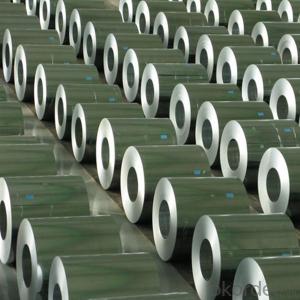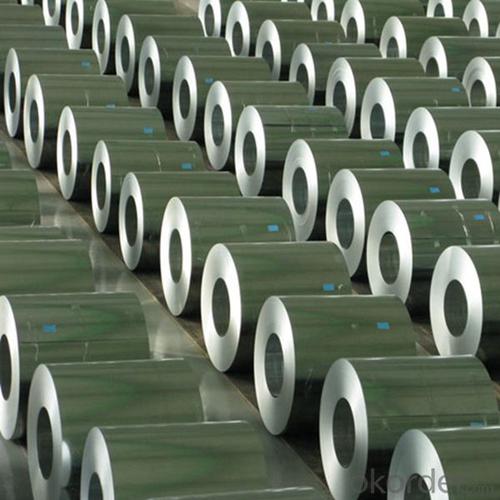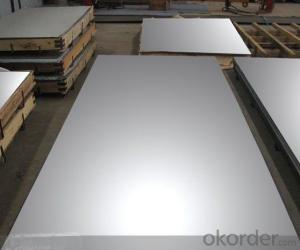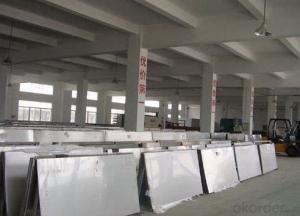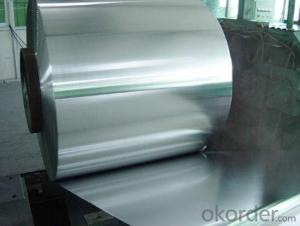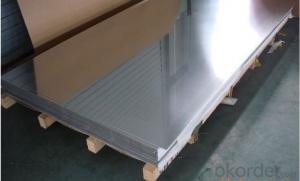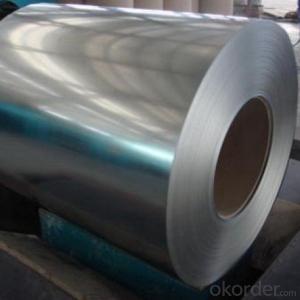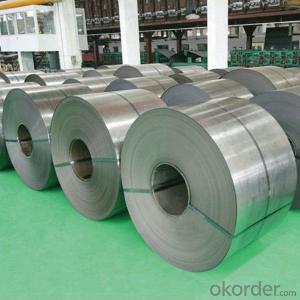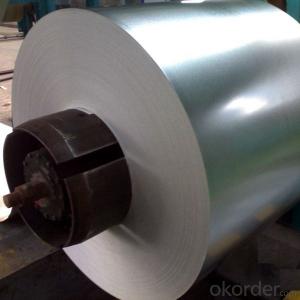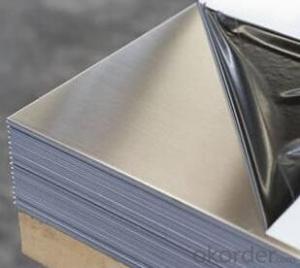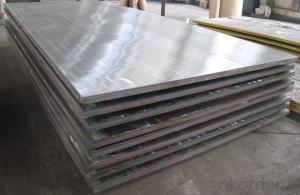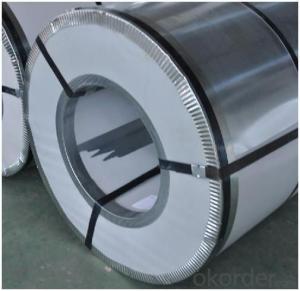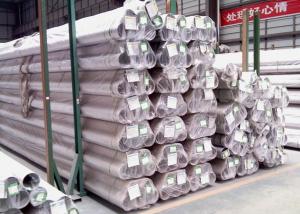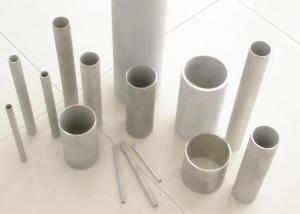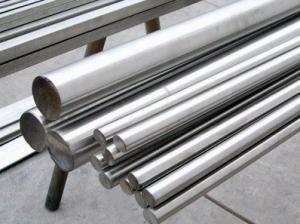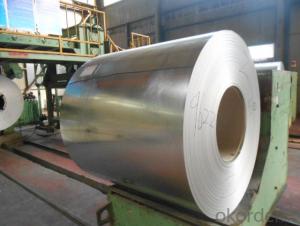Steel Stainless 316 NO.1 Finish,Good Quality
- Loading Port:
- Tianjin
- Payment Terms:
- TT OR LC
- Min Order Qty:
- 25 m.t.
- Supply Capability:
- 25 m.t./month
OKorder Service Pledge
OKorder Financial Service
You Might Also Like
Specification
Products Description for Stainless Steel Coils/Sheets:
Name: stainless steel coils/plates/sheets
Discharge Port: Any Port, China
Cold Rolled Size: Thickness0.3-8mm,Width:280-2100mm
Hot Rolled Size: Thickness3-14mm,Width:650-2100mm
Hot Rolled/Cold Rolled Plates : Thickness2-80mm,Width:1500-3000mm
Coil Weight: About 20 Tons
Grade: 201,202,304/304L/304H, 316/316L/316H, 409/L,430 etc.
Technique: Hot Rolled/Cold Rolled
Finish:2B, BA, 2D, No1, No2 etc
Edge: Mill Edge / Slitting Edge
Packaging: In bundles, or as customer's requirement
Place of Origin: Made in China
MOQ: 20 Tons
Payment Terms: 100% LC at sight, or 100%TT in advance
Delivery Time: With 30-40 days after deposit
Packaging & Delivery for Stainless Steel Coils/Sheets:
Packaging Detail Standard export packing or following customer's demand
Delivery Time: Within 30-40 days after deposit or according to the order quantity
Details for the products:
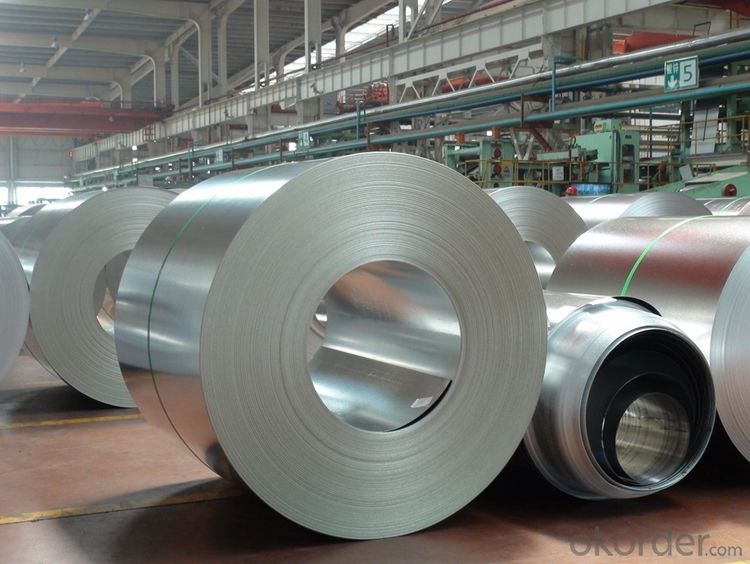

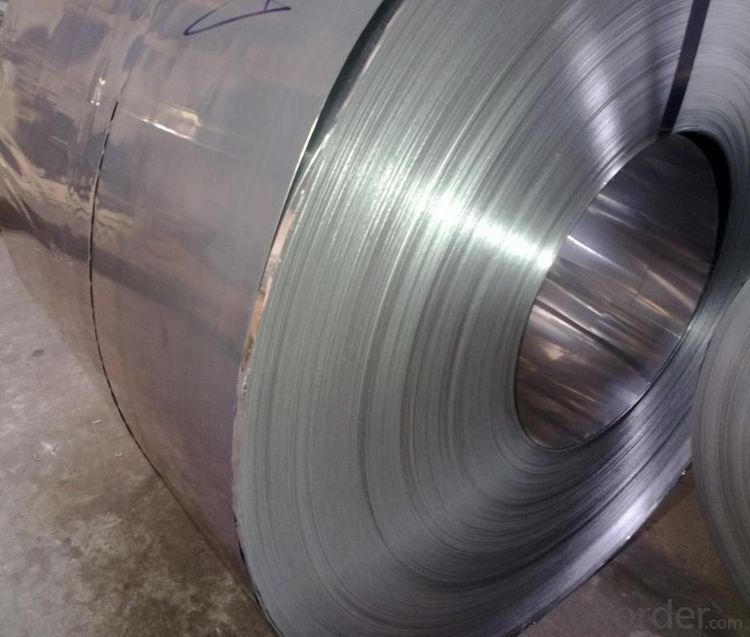
Features of Stainless Steel Coils
(1)Good ductility
(2)Good corrosion resistance
(3)Excellent abrasion resistance and fatigue strength
(4)Good weldability
(5)Oxidation resistant performance
(6)Excellent in high temperature
Packaging & Delivery for Stainless Steel Coils/Sheets:
Packaging Detail | Standard export packing or following customer's demand |
Delivery Time | Within 30-40 days after deposit or according to the order quantity |
FAQ for Stainless Steel Coils/Sheets:
Q:How to order?
A: Please send us your purchase order by email or fax .or you can ask us to send you a proforma invoice for your order .We need to know the following information for your order.
1) Shipping information-company name, street address, phone number, fax number, destination sea port
2) Product information – Quantity, Specification (steel type, thickness, width, surface finish)
3) Delivery time required
4) Forwarder's contact details if there's any in China
FAQ for Stainless Steel Coils/Sheets:
Q: How long is the delivery time?
A: Normally 30-40 days, but mostly according to the specific requirements or the quantity
Q: Could you send me sample?
A: We can supply you with the sample for free, but the delivery charges will be covered by customers.
FAQ for Stainless Steel Coils/Sheets:
Q: How can I get the samples?
A: If you need some samples to test ,please pay for the transportation freight of samples and our samples are free for you.
Q: How can I get your price list?
A: Please send us your email or fax and order information – Quantity, Specification (steel type, thickness, width, surface finish), then I can send you the price list.
- Q: What are stainless steel sheets made of?
- Stainless steel sheets are made from a type of steel alloy that contains a minimum of 10.5% chromium. The addition of chromium creates a protective layer on the surface of the steel called a passive film, which makes stainless steel resistant to corrosion and staining. In addition to chromium, stainless steel sheets may also contain other elements such as nickel, molybdenum, and nitrogen, which enhance its mechanical properties and corrosion resistance. The specific composition of stainless steel sheets can vary depending on the desired properties and applications.
- Q: What's the difference between 304 stainless steel and 314?
- 304 is equivalent to 0Cr18Ni9 stainless steel in our country,314 is equivalent to 1Cr25Ni20Si2 stainless steel in our country
- Q: Can stainless steel sheets be used for chimney liners?
- Yes, stainless steel sheets can be used for chimney liners. Stainless steel is a preferred material for chimney liners due to its durability, resistance to corrosion, and high-temperature tolerance. It is commonly used to line chimneys in order to protect the surrounding walls from heat and prevent the release of smoke and harmful gases into the living space. Stainless steel sheets are flexible and can be easily inserted into existing chimneys, making them a popular choice for chimney lining applications.
- Q: Can stainless steel sheets be used for elevator shafts?
- Yes, stainless steel sheets can be used for elevator shafts. Stainless steel is a popular choice for elevator shafts due to its durability, corrosion resistance, and aesthetic appeal. The use of stainless steel sheets for elevator shafts ensures a long-lasting and low-maintenance solution, as they are resistant to rust and corrosion caused by factors such as humidity, moisture, and chemicals. Additionally, stainless steel is strong and can withstand the weight and stress that elevator shafts may experience. The sleek and modern appearance of stainless steel also adds value to the overall design of the elevator shaft. Therefore, stainless steel sheets are a suitable and reliable material for constructing elevator shafts.
- Q: How do you calculate the weight of a stainless steel sheet?
- To calculate the weight of a stainless steel sheet, you need to know its dimensions (length, width, and thickness) and the density of stainless steel. Multiply the area of the sheet (length x width) by the thickness and then multiply that by the density to obtain the weight.
- Q: Can stainless steel sheets be used for stadium seating?
- Yes, stainless steel sheets can be used for stadium seating. Stainless steel is a durable and corrosion-resistant material, making it suitable for outdoor applications like stadium seating. It can withstand the elements, including rain, snow, and UV rays, without deteriorating or rusting. Stainless steel sheets can be fabricated and formed into various seating structures, providing a sturdy and long-lasting seating solution for stadiums. Additionally, stainless steel has an aesthetic appeal and can be finished in different ways to enhance its visual appearance, further adding to the overall design of the stadium.
- Q: What is the maximum length of a stainless steel sheet?
- The maximum length of a stainless steel sheet can vary depending on several factors, including the manufacturing capabilities, supplier limitations, and transportation constraints. In general, stainless steel sheets can be produced in lengths ranging from a few feet to several hundred feet. However, it is important to note that longer lengths may be more difficult to handle and transport, which could impact availability and cost. Additionally, custom orders or specialized applications may allow for even longer stainless steel sheets. Therefore, it is best to consult with manufacturers or suppliers to determine the specific maximum length options available for stainless steel sheets.
- Q: What are the costs of stainless steel sheets compared to other materials?
- The costs of stainless steel sheets tend to be higher compared to other materials such as aluminum or carbon steel. This is primarily due to the higher production and fabrication costs associated with stainless steel, as well as its superior corrosion resistance and durability, which make it a popular choice for various applications. However, it's important to consider the long-term benefits and value that stainless steel offers, making it a worthwhile investment in many cases.
- Q: How do I prevent fretting corrosion on stainless steel sheets?
- Fretting corrosion can be a common issue with stainless steel sheets, but there are several steps you can take to prevent it: 1. Proper Handling: When handling stainless steel sheets, it is crucial to avoid any scratching or rubbing of the surface that could lead to fretting corrosion. Use gloves and avoid contact with other metals or rough surfaces. 2. Cleaning: Regularly clean the stainless steel sheets using mild detergents or specialized stainless steel cleaners. This helps remove any contaminants that can initiate corrosion and also prevents the build-up of dirt or grime that can contribute to fretting corrosion. 3. Lubrication: Applying a suitable lubricant or anti-seize compound on the contact surfaces can minimize friction and prevent fretting corrosion. This is especially important in applications where there is repeated movement or vibration. 4. Avoiding Metal-on-Metal Contact: Whenever possible, try to isolate stainless steel sheets from direct contact with other metals. This can be done by using insulating materials, gaskets, or non-metallic spacers to create a barrier between the stainless steel and potentially corrosive materials. 5. Regular Inspection: Periodically inspect the stainless steel sheets for any signs of fretting corrosion, such as small cracks, discoloration, or pitting. Early detection allows for prompt action to prevent further damage. 6. Protective Coatings: Applying a protective coating, such as a passivation treatment or a corrosion-resistant paint, can provide an additional layer of protection against fretting corrosion. Consult with a professional to determine the most suitable coating for your specific application. 7. Proper Storage: When not in use, store stainless steel sheets in a clean, dry environment to minimize exposure to moisture or corrosive substances. Ensure that the storage area is well-ventilated and free from any contaminants that could potentially initiate fretting corrosion. By following these preventive measures, you can significantly reduce the risk of fretting corrosion on stainless steel sheets and prolong their lifespan.
- Q: What's the difference between stainless steel hot rolling and cold rolling?
- 1. cold-rolled steel plate due to a certain degree of hardening, low toughness, the price is more expensive;2. surface anaerobic cold rolling scale, good quality;3. cold deformation products, high dimensional accuracy, good surface quality;4. cold rolling because of its production process in all walks of life in a wide range of applications, such as various types of cold stamping parts, cold rolled cold extrusion profiles, cold coil spring, cold drawn wire, cold heading bolts.Hot rolling (hot rolling): relative to cold rolling, cold rolling is performed under recrystallization temperature, while hot rolling is rolling above recrystallization temperature.
Send your message to us
Steel Stainless 316 NO.1 Finish,Good Quality
- Loading Port:
- Tianjin
- Payment Terms:
- TT OR LC
- Min Order Qty:
- 25 m.t.
- Supply Capability:
- 25 m.t./month
OKorder Service Pledge
OKorder Financial Service
Similar products
Hot products
Hot Searches
Related keywords
